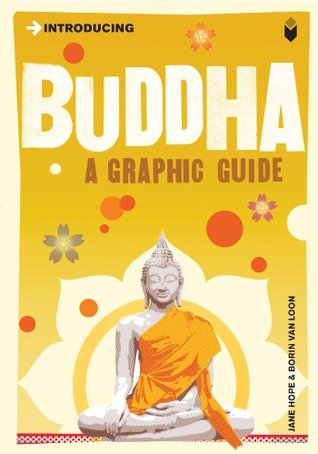More on this book
Community
Kindle Notes & Highlights
In the Buddhist lineage, knowledge is not handed down like an antique. One teacher experiences the truth of the teachings and hands it down as inspiration to his students. That inspiration wakens the student who passes it on further. The teachings are seen as always up to date, they are not thought of as “ancient wisdom”.
The Buddha encouraged his followers to put everything he said to the test, and therefore, through the ages, followers of the Buddha have trusted their own wisdom, rather than trying to interpret what might have been meant in old texts.
Although we can never be sure of the authenticity of what has been handed down to us as the words of the Buddha, it is clear that there is an essential message common to all traditions. The essence of the Buddha’s early teaching is contained in a discourse delivered in the Deer Park at Sarnath in Northern India to his first students. This is now called the Discourse on the Four Noble Truths.
The new ideal became the Bodhisattva whose outstanding quality was compassion and who would infinitely delay his or her own enlightenment until all beings were freed. In this way, the entire world was drawn into the process of liberation. Individual suffering was overcome by a compassion that was so all-embracing that personal sorrow lost its meaning. Paradoxically, if we accept our own suffering and fully relate it with the suffering of others, we transform that pain into a means of liberation.
We have to make friends with ourselves and be kind to those aspects of ourselves we like least. Learning to be kind to ourselves brings the discovery that fundamentally we are quite soft. We become hard when we habitually deny our own woundedness and blame others for causing our pain. In admitting our own hurt, we become soft and vulnerable.
Zen points to enlightenment being found in the present moment, and all of its methods are to wake the student up to the understanding.
In Vajrayana there is no value in a spiritual discipline which denies the everyday pleasures of life. It is not the experience of pleasure which is the problem, but the grasping and attachment which puts personal gratification before the needs of others.
Many Westerners, having seen Tibetan art showing deities in embrace, have the mistaken idea that Tibetan Buddhism is mainly concerned with sexual practices. This is far from the truth. The art actually represents the experience of total unity of the enlightened state in symbolic form. However, sexuality is not rejected and is used as part of the path. For example, one of the siddhas, Bebhaha was described as being intoxicated with sex. His teacher instructed him: Perceive intercourse as not merely a pleasant interlude, but as spiritual practice of the highest order. Raise the pleasure beyond
...more
Tibet was unique in that it inherited the whole body of the Buddha’s teaching and kept it intact to the present day. Many important Indian texts only exist in Tibetan: the major translation work took place around the 11th century.


